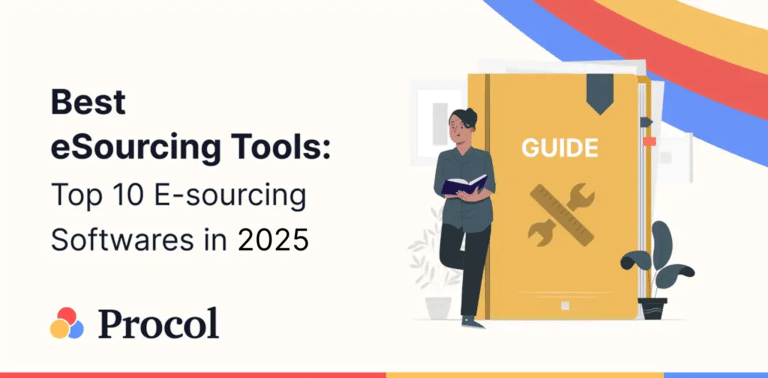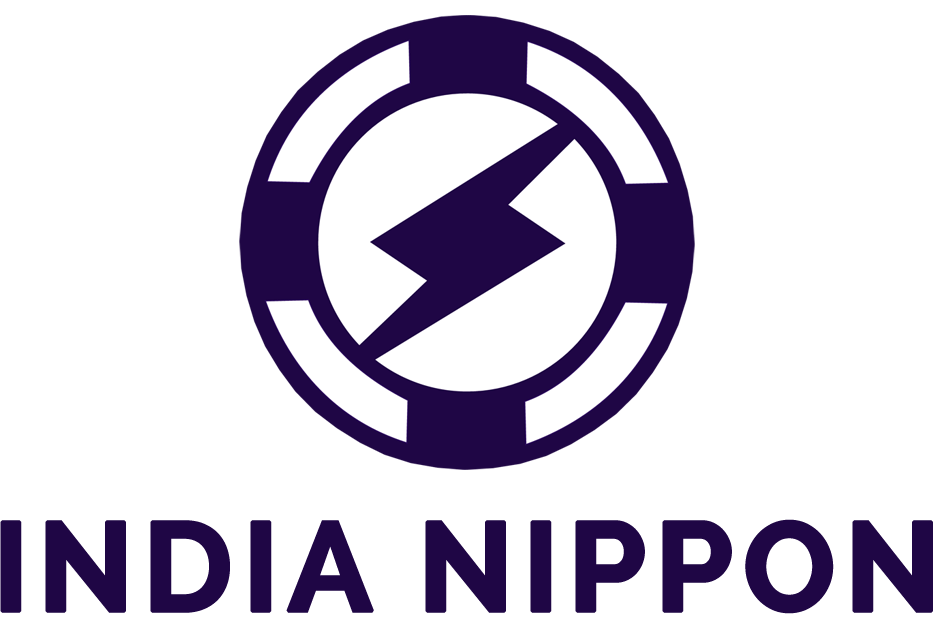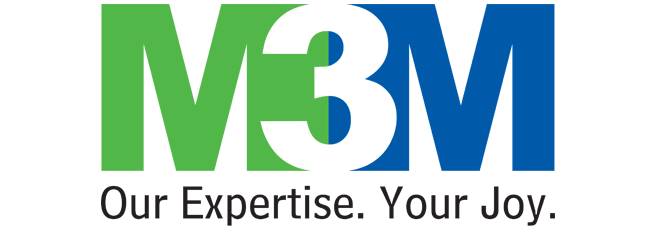What is Inventory management?
The control of noncapitalised assets, often known as inventory, and stock items is known as inventory management. Inventory management, a part of supply chain management, controls the movement of products from producers to warehouses and from these locations to points of sale. Keeping a thorough record of each new or returned item entering or exiting a warehouse or end of a deal is a crucial component of inventory management.
Inventory management is a tool that both small and large enterprises can use to monitor their product movement. Using the appropriate inventory management approach can provide suitable goods in the correct quantity, at the right location, and at the right time.
Inventory control is a part of inventory management that focuses on reducing the overall cost of inventory while enhancing the ability to deliver goods to customers on schedule. The two names are interchangeable in several nations.
Why is Inventory Management Important?
Businesses can balance their incoming and outgoing inventories by using effective inventory management. The more effectively a company manages its inventory, the more money it may save on operating costs.
Overstock occurs when a company has too much inventory. Businesses with excess inventory have money locked up in the list, which restricts cash flow and may result in a budget deficit. Deadstock, or overstocked merchandise that cannot be sold, can frequently sit in storage and reduce a company’s profit margin.
However, a lack of inventory might hurt a company’s ability to provide good customer service. A company may lose sales if its stock is low. Clients may choose to do business with competitors if you consistently backorder things and inform customers that you don’t have what they want. For maximum effectiveness and profitability, firms can achieve the ideal balance between under and overstock using an inventory management system.
Inventory Management Techniques
Several approaches are used in inventory management to maintain the proper stock levels to satisfy consumer demand and run a profitable business. The process becomes especially challenging when companies manage thousands of stock-keeping units (SKUs) that may be spread across numerous warehouses. The techniques consist of:
- The stock review is the most straightforward inventory management technique, typically more appealing to smaller organizations. Regular stock reviews involve comparing current stock levels to anticipated demand. Although automated stock reviews can be used to determine minimum stock levels, most of the work is still done manually. This allows for regular inventory inspections and the reordering of goods to meet the minimum levels. Stock review can give the inventory management process some control, but it can be time-consuming and error-prone.
- Using the just-in-time (JIT) concept, which is based on studying consumer behavior, products are delivered to customers as they place their orders. This strategy entails examining purchasing habits, seasonal demand, and location-based characteristics to determine which commodities are required at particular times and locations. The benefit of JIT is that it allows for the immediate fulfillment of consumer demand without the need for significant stock amounts of goods. However, dangers are involved, such as misreading market demand or dealing with suppliers’ distribution concerns, which might result in out-of-stock situations.
- Using the ABC analysis method, inventories are divided into three groups based on their inventory values and impact on costs. High-value, low-quantity items are represented by category A, moderate-value, moderate-quantity goods are characterized by category B, and low-value, high-quantity interests are represented by category C. An inventory management system may manage each category independently. Knowing which products are the most significant sellers will help you keep an adequate supply of buffer stock. Better control over high-value products is one benefit of ABC analysis. Still, a drawback is that it might continuously use many resources to monitor inventory levels across all categories.
- Using a calculation, the economic order quantity (EOQ) technique indicates when it is best to reorder stock in a warehouse management system. As a result, expenditures are reduced, and money that would otherwise be locked up in excess inventory is made available. Finding the most things to order at any time is the objective here.
- Using the minimum order quantity (MOQ) methodology, it is possible to ascertain the smallest amount of a supplier’s offering. The supplier won’t sell to a business if they cannot make the minimum buy. This strategy helps suppliers get rid of inventory rapidly while screening out bargain hunters.
- The oldest inventory is sold according to the first in, first out (FIFO) technique, which helps keep lists current. This approach is particularly crucial for companies that deal with perishable goods that must be sold quickly to avoid spoilage. Additionally, it keeps products from becoming outdated before a company can market them. Usually, this entails maintaining older stock on the front shelves and shifting new inventory to the back.
- The newest inventory is often recorded as sold under the last in, first out (LIFO) system. This is a sensible approach when inflation is a concern and prices are rising—selling the newest inventory before older inventory results in lesser profitability and less taxable income because it has the highest cost of production. LIFO also means that inventory is reported at the lower price of older goods that are still on the shelves. This is a challenging strategy to use, though, because unused, outdated things run the risk of deteriorating or going out of style.
- The safety stock strategy involves setting up goods for emergencies. The safety stock strategy also indicates when to place new orders for goods before drawing from the safety stock. If their supply chain is disrupted, it is a good idea for organizations to incorporate safety stock into their warehouse management strategy.






















